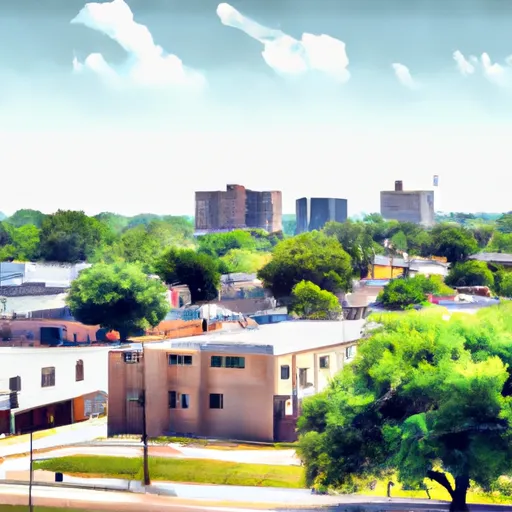°F
°F
mph
Windspeed
%
Humidity











Dogwood, Texas is a small town located in the Piney Woods of East Texas. The climate is moderate, with hot summers and mild winters. The area receives an average of 47 inches of rainfall per year, and the hydrology constituents include several creeks and small streams that flow into nearby lakes. These waterways provide ample opportunities for fishing, kayaking, and other water-based activities. Outdoor enthusiasts can also enjoy hiking and camping in the nearby Davy Crockett National Forest, which encompasses over 160,000 acres of woodlands and offers scenic trails, picnic areas, and wildlife viewing opportunities. Overall, Dogwood, Texas is a charming destination for those seeking a peaceful, nature-filled getaway.
Weather Forecast
Dogwood receives approximately 1411mm of rain per year, with humidity levels near 80% and air temperatures averaging around 19°C. Dogwood has a plant hardyness factor of 8, meaning plants and agriculture in this region tend to thrive here all year round.
Regional Streamflow Levels
121
Cubic Feet Per Second
7,250
Cubic Feet Per Second
158
Cubic Feet Per Second
36
Cubic Feet Per Second
Nearby Camping
| Camping Area | Reservations | Toilets | Showers |
|---|---|---|---|
| Winnie - Stowell County Park | |||
| Bouton Lake | |||
| Boykin Spring | |||
| Campers Cove - Town Bluff Reservoir | |||
| Cassells - Boykin County Park | |||
| Lake Tejas City Park |



